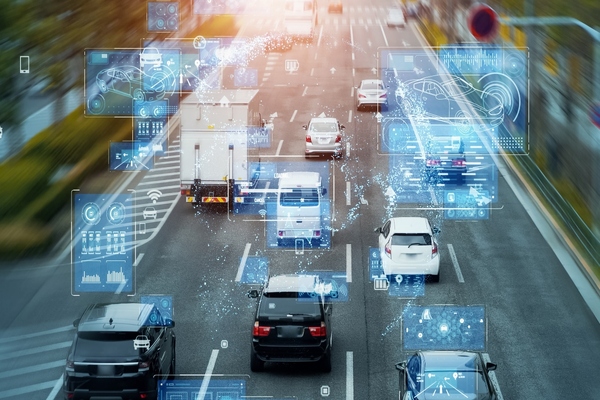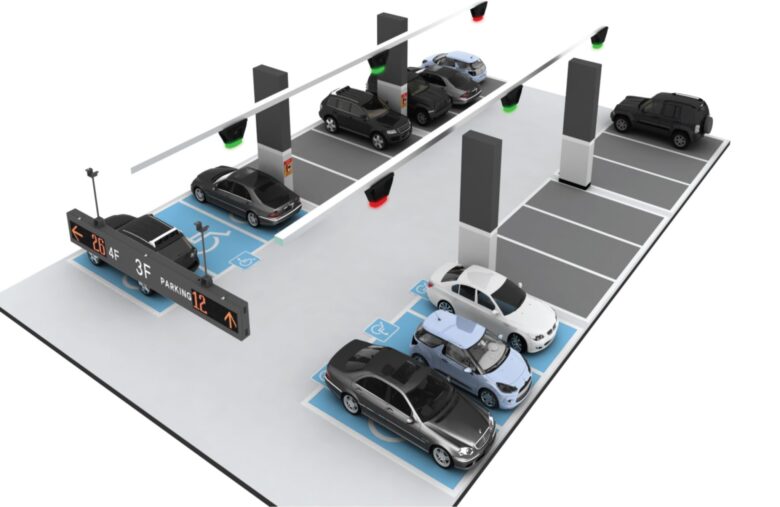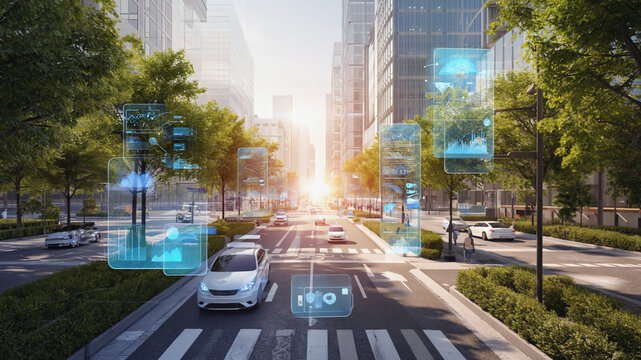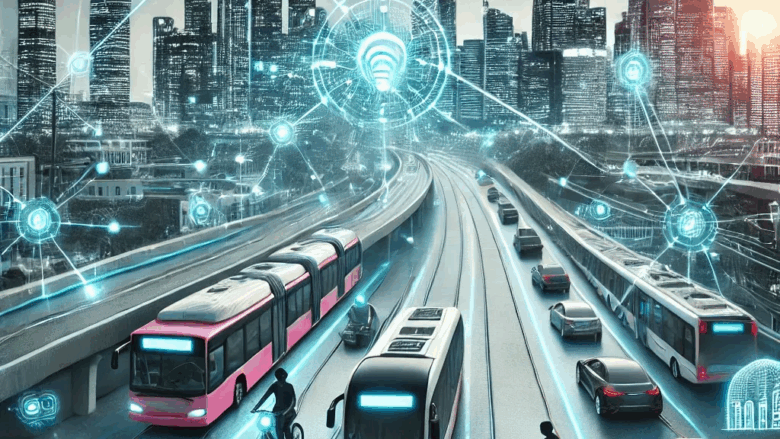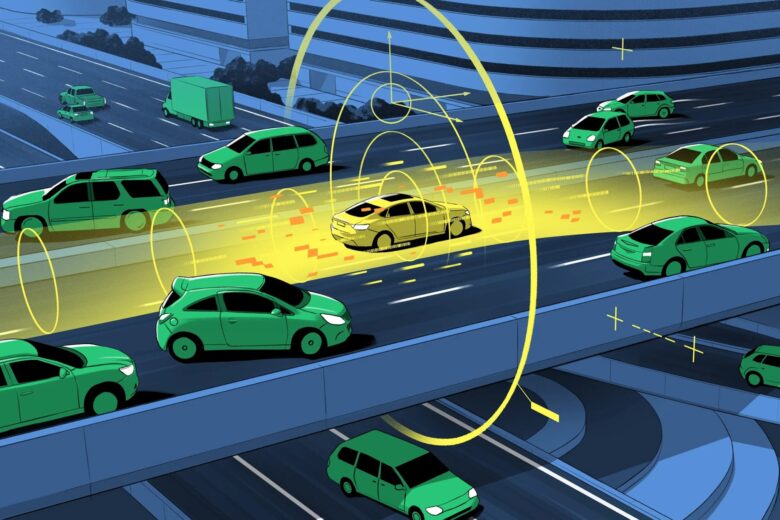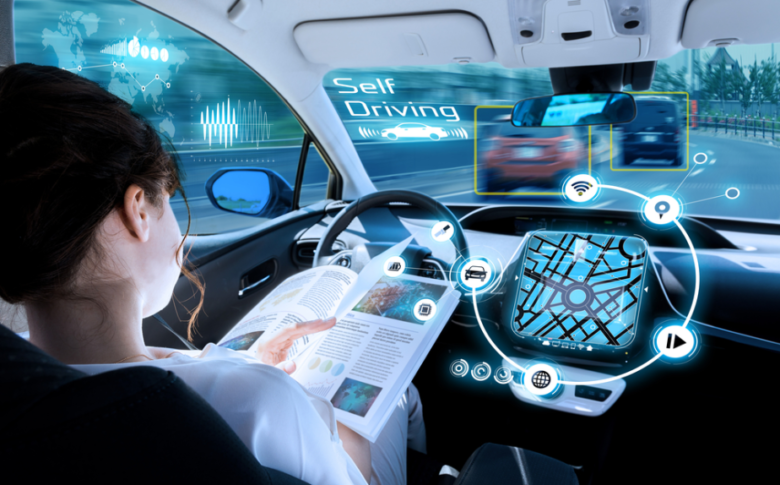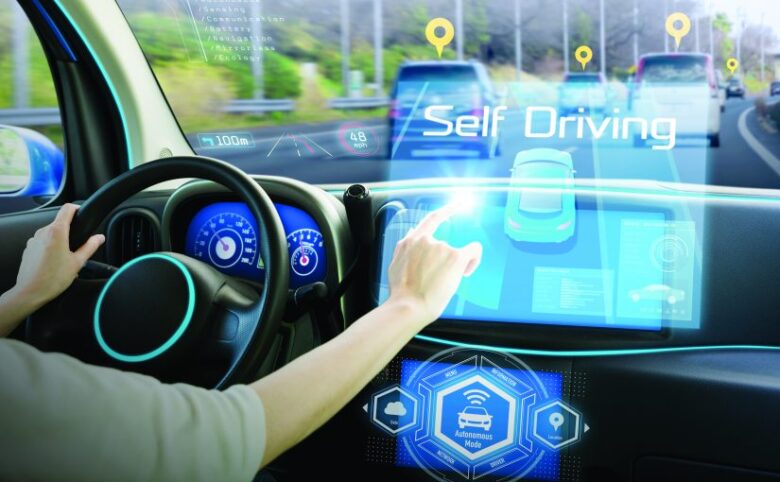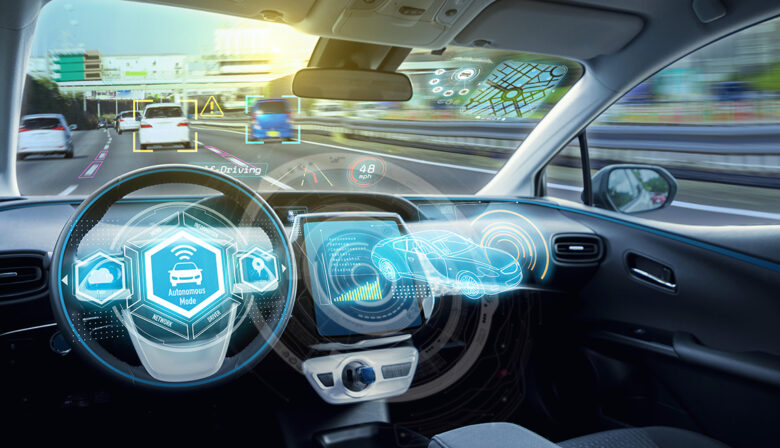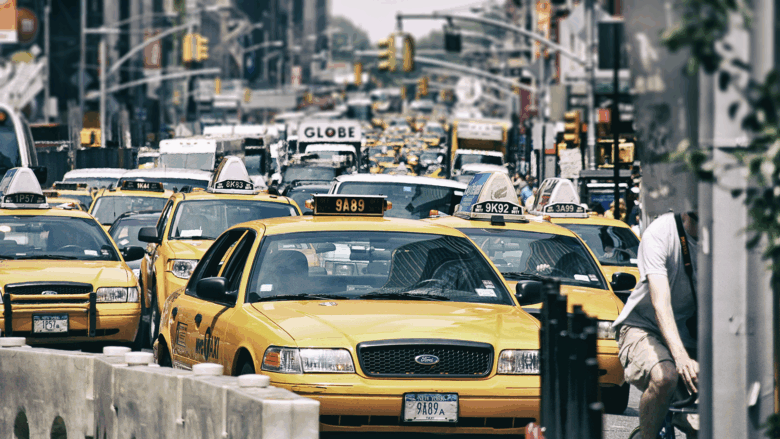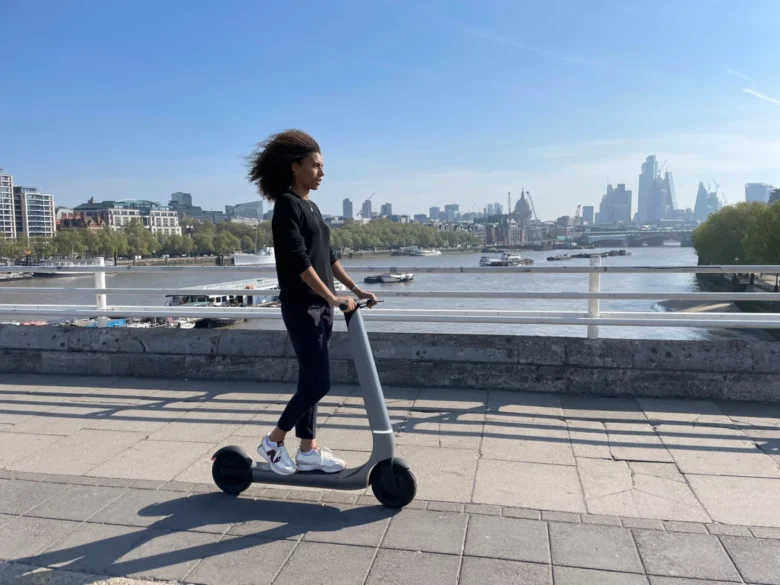The pressure on modern cities to provide sustainable, efficient transportation solutions is increasing. Smart public transportation systems are a new approach to urban mobility that uses cutting-edge technologies to revolutionize how people move around metropolitan areas. These intelligent systems combine real-time data, IoT sensors, mobile applications, and automated processes to create seamless and responsive transportation networks. Smart …
In crowded urban areas, finding a parking space can sometimes seem like an impossible task. City officials are all too familiar with the constant flow of traffic, increasing congestion, and wasted fuel. As cities grow, the pressure on existing infrastructure increases, making traditional parking methods outdated and pointless. Searching for a parking space exacerbates congestion …
Cities around the world are changing the way people get around. Smart mobility is a new mindset that leverages technology, data, and new mobility options to make cities more livable. This comprehensive system encompasses everything from electric buses and bike-sharing programs to ride-sharing apps and intelligent traffic management systems. By integrating these technologies, cities can …
As cities become increasingly intelligent, the way we travel is rapidly changing. Big data is at the heart of this transformation and is a key driver of smart mobility. Data analytics is transforming transportation, making it safer, more efficient, and more environmentally friendly. This effect is achieved by improving traffic flow and supporting autonomous vehicles. …
Autonomous vehicles collect environmental data from radar, lidar (light detection and ranging) sensors, cameras, and neural networks utilizing machine learning algorithms. Neural networks and machine learning algorithms further process this collected data for analysis. Automated vehicles use algorithms to construct an accurate world model of their surroundings and their location. After establishing this data, an …
One of the primary questions regarding vehicle automation is whether self-driving cars are safer than human drivers. Although software glitches and ethical quandaries do occur with both types of driving technologies, human drivers remain relatively secure. Autonomous vehicles are designed to eliminate human error, which accounts for 94% of traffic accidents. Their faster response time …
Autonomous automobiles, also called self-driving cars, can operate without human oversight. They employ a mix of cameras, sensors, radars, GPS, and artificial intelligence to locate and respond to the road’s conditions. As technology develops, some of the frequently asked concerns are whether these vehicles are actually secure. Security is a major issue for regulators, developers, and everyone else. Understanding …
Self-driving cars have moved from science fiction to reality, transforming our roads and reshaping transportation. These autonomous vehicles represent one of the most complex technological achievements of our time, combining artificial intelligence, advanced sensors, and sophisticated computing systems to navigate the world without human intervention. Understanding how these remarkable machines operate requires examining the complicated …
Urban transportation is facing a critical juncture. Parking spaces are scarce, and taxi services cannot meet the growing demand. Enter autonomous vehicles—specifically self-driving taxis—promising to revolutionize how we navigate our cities. These driverless cars could revolutionize urban mobility and offer a glimpse of a future in which transportation is more accessible, efficient, safer, and affordable for all. Are we …
Urban transportation is experiencing a quiet revolution. Electric scooters are no longer just a novelty. They have become essential mobility tools that allow city dwellers to move quickly and affordably through crowded streets. These compact vehicles are a part of a larger micromobility trend that addresses some of the greatest challenges modern cities face: traffic congestion and …

